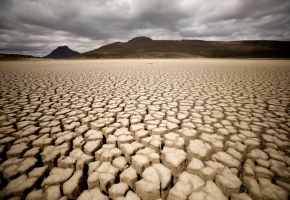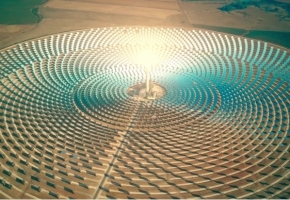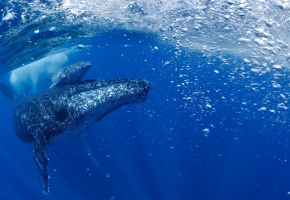Shaking ordinary ice transformed it into something never seen before

Shaken and chilled – but not stirred – ordinary frozen water turns into something different: a newly discovered form of ice made of a jumble of molecules with unique properties.
“This is completely unexpected and very surprising,” said Christoph Salzmann, a chemistry professor at University College London in England.
The new discovery shows, once again, that water, a molecule without which life is not known to be able to exist, is still hiding scientific surprises yet to be revealed. This experiment employed relatively simple, inexpensive equipment to reveal a form of ice that could exist elsewhere in the solar system and throughout the universe.
In day-to-day life, we encounter three forms of water: a vaporous gas like steam, flowing liquid water and hard, slippery ice. The ice of our everyday lives consists of water molecules lined up in a hexagonal pattern: it is less dense than liquid water and floats.
Dr. Salzmann’s research group members started smashing up ice. The water ice was first chilled in liquid nitrogen to minus 320 degrees Fahrenheit and then placed in a container along with steel balls. A machine then shook the ice and steel balls, still chilled at ultracold temperatures, back and forth at 20 times per second, pulverizing the ice into tiny bits, a process known as ball milling.
The white material inside looked like what one would expect smashed-up ice to look like, but it had been transformed.
The material was now denser, and much of the crystalline structure had been destroyed, producing an amorphous material. The density, however, did not match the already known high- and low-density amorphous ices. Intriguingly, it fell in between; indeed, it was almost exactly the same density as liquid water. Until now, all of the solid forms of ice, crystalline or amorphous, were either significantly denser or less dense than liquid water.
The researchers named it medium-density amorphous ice, or MDA.
Source: The New York Times
Image: Christoph Salzmann/REUTERS







